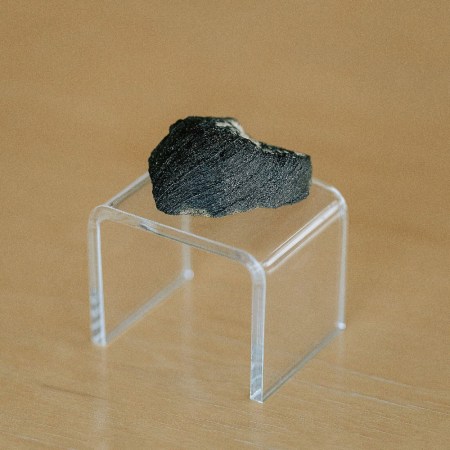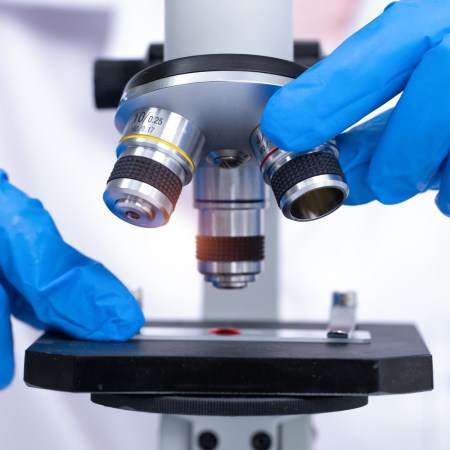Let’s make one thing clear here: giving up the sauce and hopping on the wagon will benefit your life in many ways, liver health perhaps chief among them.
That said, here’s some news from our boys down in the science department that’ll make your next happy hour even happier.
After five years of experiments with mice, a research team at UC San Francisco was able to infect damaged cells with a virus that makes them repair themselves. The technique not only stops the advance of liver disease, but also improves the organ’s function by increasing the number of healthy cells therein.
While the sum total of those healthy cells was relatively low, it was enough to reduce fibrosis — progressive scarring of the liver — and improve liver function.
“Part of why this works is that the liver is a naturally regenerative organ, so it can deal with new cells very well,” says study author and UCSF professor Holger Willenbring. “What we see is that the converted cells are not only functionally integrated in the liver tissue, but also divide and expand, leading to patches of new liver tissue.”
While the researchers admit more works needs to be done in order to adapt the technique for humans — at present, they acknowledge that transplants are still the best treatment — it’s a great first step toward a cure for liver disease.
“This is more of a patch,” Willenbring says. “But if it can boost liver function by just a couple percent, that can hopefully keep patients’ liver function over that critical threshold, and that could translate to decades more of life.”
Cheers, science.
Whether you’re looking to get into shape, or just get out of a funk, The Charge has got you covered. Sign up for our new wellness newsletter today.























